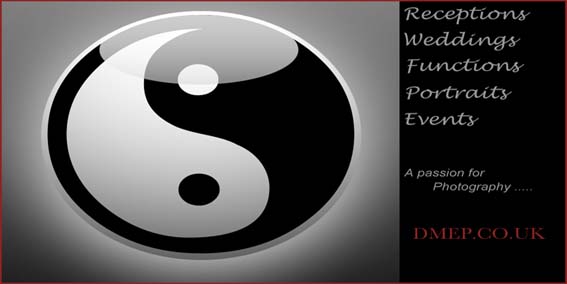JPEG has it's place but if you really want to gain maximum tonal control over your images, you should be shooting with a RAW camera format. So what does this have to do with Ansel Adams, and how do I know he would be a RAW shooter? It's simple really. Way back in 1939 Ansel Adams came up with something called The Zone System. The object of the system was to produce proper exposure and processing to capture as much of the tonality of a scene as was present when the photographer took the picture. That's kind of a generalization of the system, especially since there are entire books to explain it. The general principle though was the assigning of luminance values to 11 different zones, with zone 0 being pure black and zone 10, pure white.
Generally speaking, Ansel didn't care about these two zones because they held no information. It was his belief that the most important zones fell from zone 2, textured black, and zone 8, textured white. By concentrating on these zones, Adams was able to produce striking images with amazing tonal ranges.
How does this relate back to JPEGs? First off, they don't contain the dynamic range of a RAW file. Once the image is processed in the camera there is no hope of bringing back any values that are black or white. The information is clipped and no amount of post-processing will bring back any texture in them. A RAW file however contains luminance information that can be pulled back in from areas that might at first look like they are clipped through image processing. Let's take the image below for example.
This is the RAW image out of the camera with no processing applied. The camera meter tried it's best to balance the bright sky with the shaded canyon. There is some detail but because this is a RAW file I am able to bring back even more. The mountains at the center of the image are almost completely blown out but by using the Recovery slider in Lightroom I can bring them back into view.
By using the Fill Light Slider, I can bring back the dark, underexposed areas of the canyon, once again because there is detail in the RAW file that is not readily visible.
Some final contrast tweaking and other slight adjustments renders an image that is much different than the initial exposure that came out of the camera.
Had my original image been a JPEG I could have adjusted the exposure to make changes to the tonality but I wouldn't not have been able to reveal any details that were lost to clipping in the darkest and lightest parts of the image.
If you would like to learn more about applying the Zone System to your photography, check out The Practical Zone System: For Film and Digital Photography by Chris Johnson. And remember, set your camera to capture in RAW, it's what Ansel would do.
Related posts:
Dave Mclean







No comments:
Post a Comment